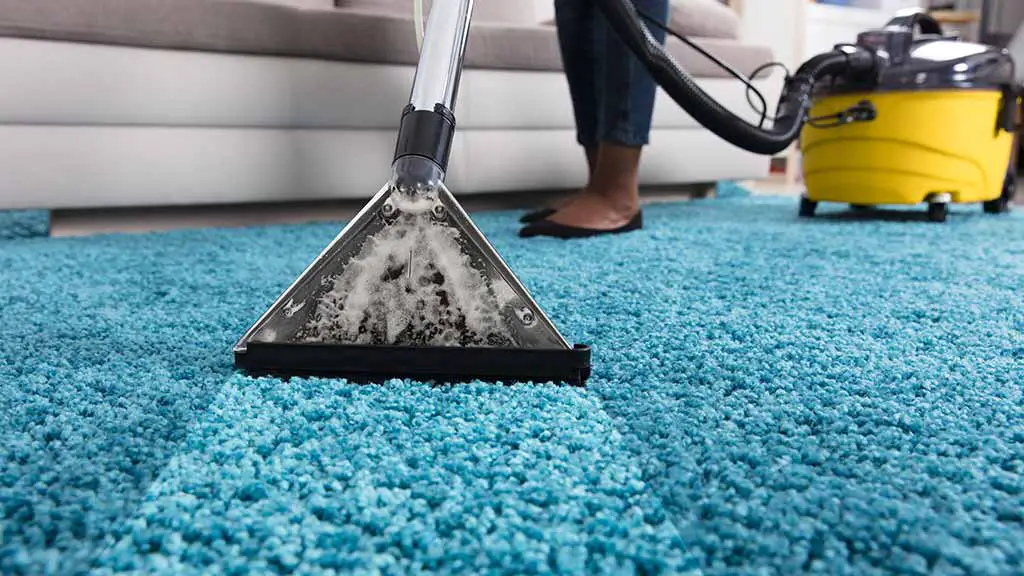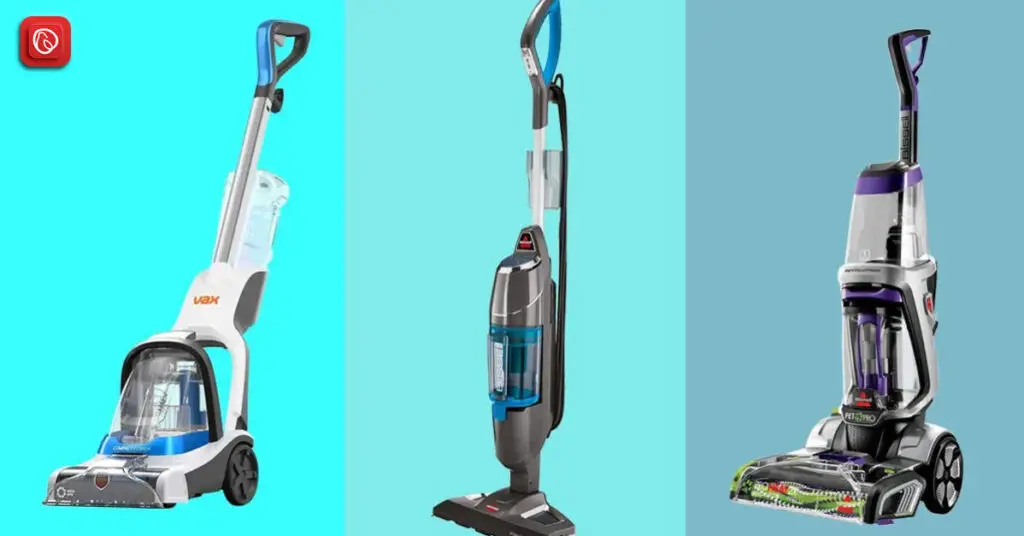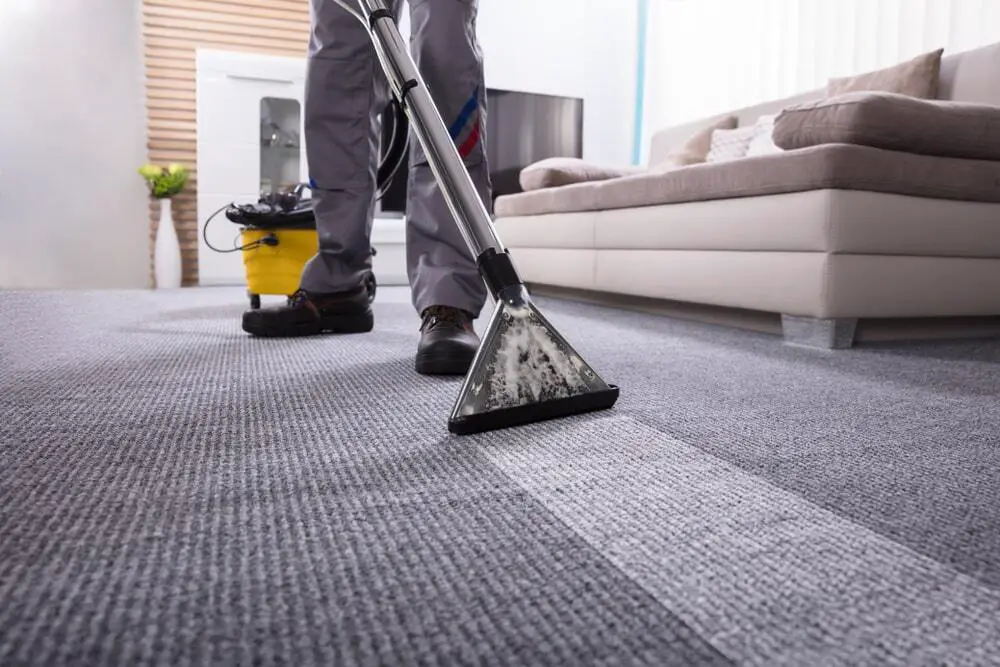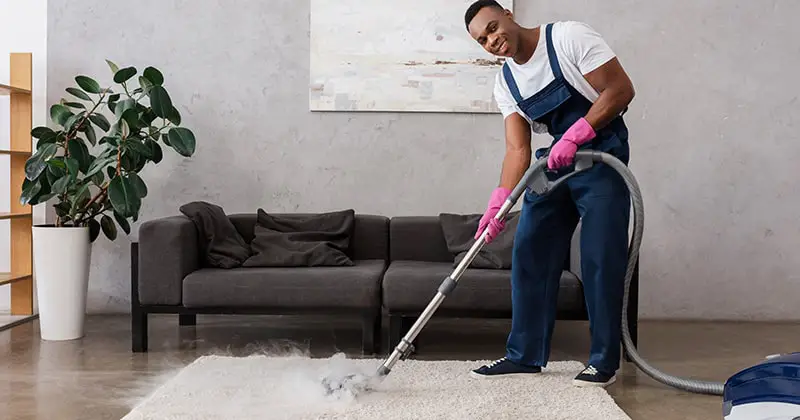Whether you’re battling deep-seated pet stains, muddy footprints, or just years of wear, professional or DIY carpet cleaning can make a world of difference. But have you ever wondered how carpet cleaners work? Understanding their function isn’t just good to know—it can help you choose the right method for your carpet and avoid long-term damage.
In this article, we’ll break down the science and mechanics of carpet cleaners, compare types, explore cleaning solutions, and help you make informed decisions for your home.
What Is a Carpet Cleaner?

A carpet cleaner, also known as a carpet extractor, is a machine that deep cleans carpet fibers by injecting a cleaning solution, agitating the fibers, and then extracting the dirty water. Unlike vacuum cleaners, which only remove dry dirt and debris from the surface, carpet cleaners penetrate deeper layers of the carpet where allergens, bacteria, and embedded dirt hide.
There are two main categories:
- Consumer-grade cleaners (like Rug Doctor or Bissell machines)
- Professional or commercial carpet extractors
Each uses similar principles but varies in power, precision, and drying time.
How Do Carpet Cleaners Actually Work?

Here’s a step-by-step breakdown of how most modern carpet cleaning machines operate:
1. Pre-treatment
Before cleaning starts, carpets are often pre-treated with a cleaning solution to loosen dirt, grease, or stains. Enzyme-based sprays are commonly used for organic messes (like pet accidents or food).
2. Solution Injection
The machine sprays a mixture of water and carpet shampoo or cleaning solution deep into the carpet using a pressurized pump. The pressure helps break up grime hidden within carpet fibers.
3. Agitation
Built-in rotating brushes or scrubbers agitate the fibers, further loosening dirt. Some high-end machines allow for adjustable agitation depending on carpet type.
4. Extraction
Finally, the dirty solution is sucked back up into a recovery tank using powerful suction. This is one of the most critical steps—effective extraction reduces drying time and mold risk.
Curious about deep cleaning at home? See our step-by-step guide on How To Get Wax Out Of Carpet
What’s in the Cleaning Solution?
Carpet cleaning solutions often include:
- Surfactants – Break surface tension to help lift dirt
- Solvents – Dissolve oily or greasy stains
- Deodorizers – Neutralize odors
- Disinfectants – Kill bacteria and allergens
- Enzymes – Break down organic matter (urine, food, etc.)
These ingredients are designed to safely clean without damaging fibers, but it’s essential to choose a cleaner compatible with your carpet type.
Types of Carpet Cleaning Machines

Not all carpet cleaners are created equal. Here’s a breakdown of the most common systems:
1. Hot Water Extraction (Steam Cleaning)
This is the most common method used by professionals. Despite the name, there’s little actual “steam” involved.
- Uses hot water (120°F–220°F)
- Injects water mixed with cleaner into the carpet
- High-powered vacuum extracts dirt and moisture
Pro tip: This method removes about 90% of embedded dirt and is recommended by most carpet manufacturers.
Learn more in our article on Types of Carpet Damage
2. Dry Carpet Cleaning
Ideal for quick turnarounds and moisture-sensitive environments.
- Applies dry compound (powder or foam)
- Agitated into the carpet using brushes
- Absorbs dirt and is vacuumed away
✅ Faster drying time
❌ Less effective on deeply soiled carpets
3. Bonnet Cleaning
Primarily used in commercial spaces like hotels.
- Uses a rotary floor machine with a pad soaked in cleaning solution
- Pad absorbs surface dirt
This method is more of a “surface refresh” and not ideal for home deep cleaning.
4. Encapsulation
An advanced method that uses crystallizing polymers.
- Cleaner sprayed onto carpet
- Dirt is encapsulated in crystals and vacuumed once dry
✅ Eco-friendly
✅ Minimal water use
✅ Fast drying
❌ Less effective on heavy stains
Do Carpet Cleaners Remove All Dirt?

Carpet cleaners are designed to remove:
- Embedded dirt
- Dust mites and allergens
- Food and beverage stains
- Pet urine and dander
- Bacteria and germs
But keep in mind, not all machines deliver equal results. Machine quality, water temperature, suction power, and cleaning solution all play a role.
When Should You Use a Carpet Cleaner?
Experts recommend deep cleaning your carpets every 6–12 months, or more often if you have:
- Pets
- Children
- Heavy foot traffic
- Recent spills or accidents
Need a full guide? Here’s how to Get Rid Of Carpet Beetles, often hiding deep in fibers.
Carpet Cleaner vs. Vacuum Cleaner
| Feature | Carpet Cleaner | Vacuum Cleaner |
|---|---|---|
| Cleans below surface | ✅ Yes | ❌ No |
| Removes stains | ✅ Yes | ❌ No |
| Dry use | ❌ No (wet) | ✅ Yes |
| Removes allergens | ✅ Thoroughly | ⚠️ Limited |
| Ideal for daily use | ❌ No | ✅ Yes |
Are Carpet Cleaners Safe?
Yes, when used correctly. But misuse can cause:
- Overwetting → leads to mold or mildew
- Fiber damage from too much heat or scrubbing
- Residue buildup if not properly extracted
Always follow manufacturer recommendations and test on a small area.
For safer results, consider a professional. Find out when it’s time to Hire a Professional Carpet Cleaner.
Carpet Cleaner Maintenance Tips
- Empty and rinse tanks after each use
- Clean filters regularly
- Check spray nozzles for blockages
- Use only approved cleaning formulas
- Store in a dry place
Proper maintenance ensures your machine lasts longer and performs better.
FAQs
Can I use a carpet cleaner on all types of carpet?
No. Delicate carpets like wool or antique rugs require special care. Always check labels or consult a professional.
Is steam cleaning better than dry cleaning?
Steam (hot water extraction) is generally more effective for deep cleaning but takes longer to dry.
How long does it take for carpet to dry?
4–12 hours depending on room temperature, humidity, and machine suction strength.
Can I make my own carpet cleaning solution?
Yes, for DIY users, a mix of vinegar and water or baking soda can work—but test on a hidden area first. Avoid using bleach.
Do carpet cleaners kill bacteria?
Yes, especially hot water extractors combined with disinfecting solutions. However, not all cleaners sanitize unless specified.
Final Thoughts
Understanding how carpet cleaners work can help you maintain a healthier home, extend your carpet’s life, and make smarter choices when cleaning. From machines to methods and solutions, knowing what’s under the hood gives you a cleaner, safer result.
Want more carpet tips? Explore our Carpet Care Blog for how-tos, product reviews, and more.


1 thought on “How Carpet Cleaners Work: The Complete Guide for Homeowners”